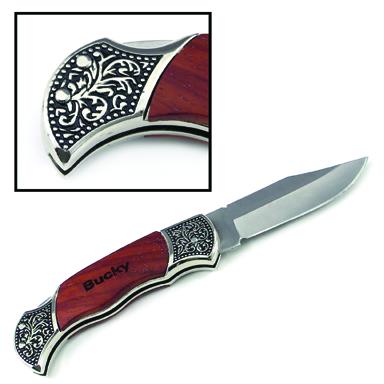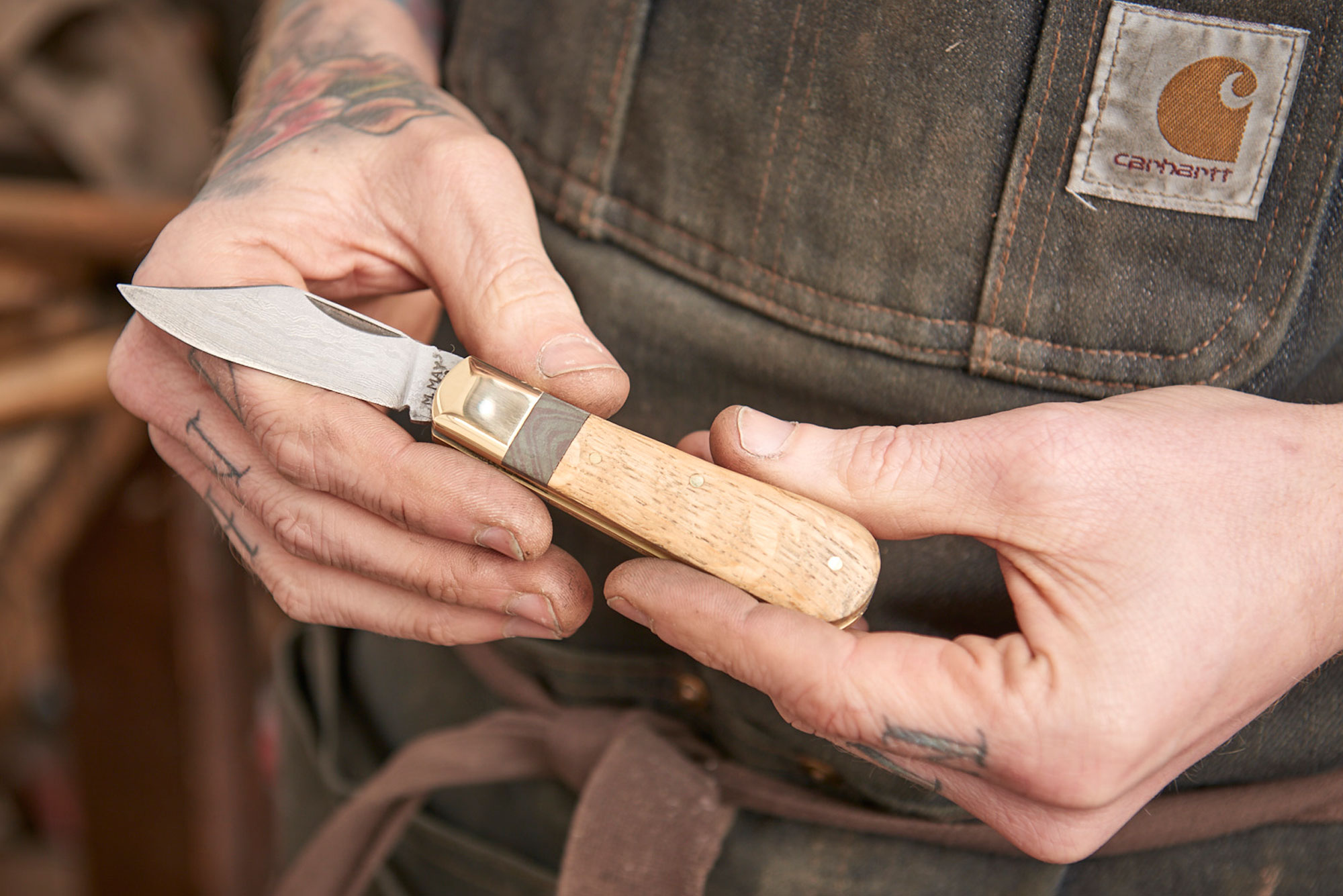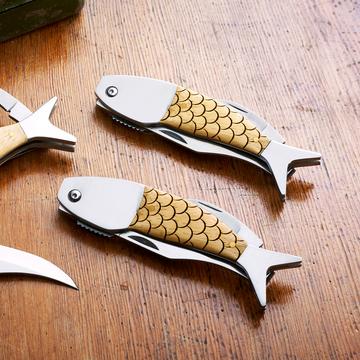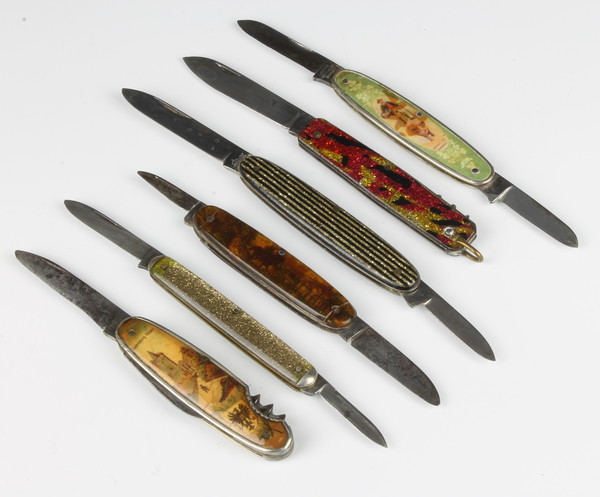Welcome to the fascinating world of decorative pocket knives! Whether you’re an avid collector, an outdoor enthusiast, or simply someone who appreciates the art of craftsmanship, decorative pocket knives have a unique charm that combines functionality with aesthetics. In this comprehensive guide, I’ll share everything you need to know about decorative pocket knives, their styles, uses, and tips for choosing the perfect one for your collection.
What Are Decorative Pocket Knives?
Decorative pocket knives are more than just tools; they are pieces of art. Often crafted with intricate designs, high-quality materials, and exceptional attention to detail, these knives serve both practical and display purposes. While some are made for everyday use, many are created exclusively for collectors and enthusiasts who appreciate their beauty and craftsmanship.
The History of Pocket Knives
The concept of pocket knives dates back centuries, with origins tracing back to the folding knives created by the Romans. Over the years, these tools evolved in design and functionality, leading to the decorative models we see today. Collectors often seek knives from specific eras or manufacturers, making the history behind each knife an integral part of its appeal.
Why Choose a Decorative Pocket Knife?
Here are some compelling reasons to consider investing in a decorative pocket knife:
- Artistic Expression: Decorative knives often feature unique designs, engravings, and materials that reflect the maker’s artistry.
- Collectibility: Many decorative pocket knives are produced in limited editions, making them highly sought after by collectors.
- Functionality: Despite their aesthetic appeal, most decorative knives are fully functional and can be used in everyday tasks.
- Gift Idea: A high-quality decorative pocket knife makes for a thoughtful and unique gift, especially for those who appreciate craftsmanship.
Types of Decorative Pocket Knives
When it comes to decorative pocket knives, there are several styles to explore. Let’s take a look at some popular types:

1. **Traditional Folding Knives**
These knives typically feature a classic design with a single or multiple blades that fold into the handle. They often showcase beautiful materials such as wood, bone, or intricate metal work.
2. **Custom-Made Knives**
Crafted by skilled artisans, custom-made knives are tailored to individual specifications. This allows for unique designs, materials, and finishes, making each knife a one-of-a-kind piece.

3. **Tactical Knives**
While usually associated with functionality, some tactical knives are designed with aesthetics in mind, featuring intricate designs and textures suitable for display.
4. **Collectible Knives**
These knives are often produced in limited runs by manufacturers and are designed specifically for collectors. They can feature unique markings, packaging, and documentation.

Popular Materials Used in Decorative Pocket Knives
The materials used in decorative pocket knives significantly impact their appearance, durability, and functionality. Here are some common materials:
1. **Blade Materials**
| Material | Pros | Cons |
|---|---|---|
| Stainless Steel | Corrosion-resistant, durable | May require frequent sharpening |
| Carbon Steel | Easy to sharpen, holds edge well | Prone to rusting without proper care |
| D2 Steel | Excellent edge retention, durable | More difficult to sharpen |

2. **Handle Materials**
Handles can be made from various materials that offer both aesthetic appeal and comfort in usage. Popular options include:
- Wood: Classic appearance, warm feel
- Bone: Unique patterns, often used in traditional knives
- Metal: Sleek and modern look, highly durable
- Plastic or Synthetic Materials: Lightweight, often colorful designs
How to Choose the Right Decorative Pocket Knife
Selecting the perfect decorative pocket knife can be overwhelming given the vast options available. Here are some essential factors to consider:

1. **Purpose**
Determine whether you want a knife for practical use or primarily for display. This will guide your choice in terms of functionality and design.
2. **Budget**
Set a budget before you start shopping. Decorative pocket knives can range widely in price, from affordable options to high-end collectibles.

3. **Brand Reputation**
Research brands known for making quality decorative knives. A trusted brand often indicates reliable craftsmanship and materials.
4. **Aesthetics**
Choose a design that resonates with you. Whether it’s intricate engravings, unique materials, or a specific color palette, your knife should reflect your personal style.

5. **Functionality**
If you plan to use the knife, ensure it has a comfortable grip and a blade that suits your needs.
Pros and Cons of Decorative Pocket Knives
Pros
- Stunning craftsmanship and artistic design
- Functionality as both a tool and a collectible
- Many options cater to diverse tastes and purposes
- Potential investment that may appreciate over time
Cons
- Some models can be expensive
- Maintenance and care required to preserve aesthetics
- Limited practical use for purely decorative pieces
Where to Buy Decorative Pocket Knives
When purchasing a decorative pocket knife, consider the following options:
1. **Online Retailers**
Websites like Amazon, eBay, and specialized knife retailers often have extensive selections of decorative pocket knives.
2. **Local Knife Shops**
Visiting a local knife shop allows you to see the knives in person and get a feel for their quality.
3. **Knife Shows and Expos**
Attending knife shows can provide access to rare and unique pieces while allowing you to meet artisans and fellow collectors.
FAQs About Decorative Pocket Knives
1. **What is the best way to maintain a decorative pocket knife?**
Regular cleaning and oiling of the blade and hinges, along with proper storage away from moisture, can keep your knife in pristine condition.
2. **Are decorative pocket knives legal to carry?**
Legal regulations vary by location. Always check local laws regarding blade length and carry restrictions before purchasing or carrying a pocket knife.
3. **Can decorative pocket knives be used for everyday tasks?**
Yes, many decorative knives are designed for functionality and can be used for everyday tasks, but it’s essential to choose one with a practical design.
4. **How can I tell if a decorative pocket knife is a good investment?**
Research the brand’s history, production numbers, and demand in the collector market to gauge potential value appreciation.
5. **What materials are considered the best for knife blades?**
Stainless steel, carbon steel, and D2 steel are all highly regarded for their durability and edge retention.
Conclusion
Decorative pocket knives are not just tools; they are a celebration of craftsmanship, history, and personal expression. Whether you’re looking to start a collection, find a unique gift, or simply appreciate their beauty, understanding the different types and features of these knives can enhance your experience. Remember to explore your options, consider your needs, and choose wisely, and you’ll find the perfect decorative pocket knife to cherish for years to come!